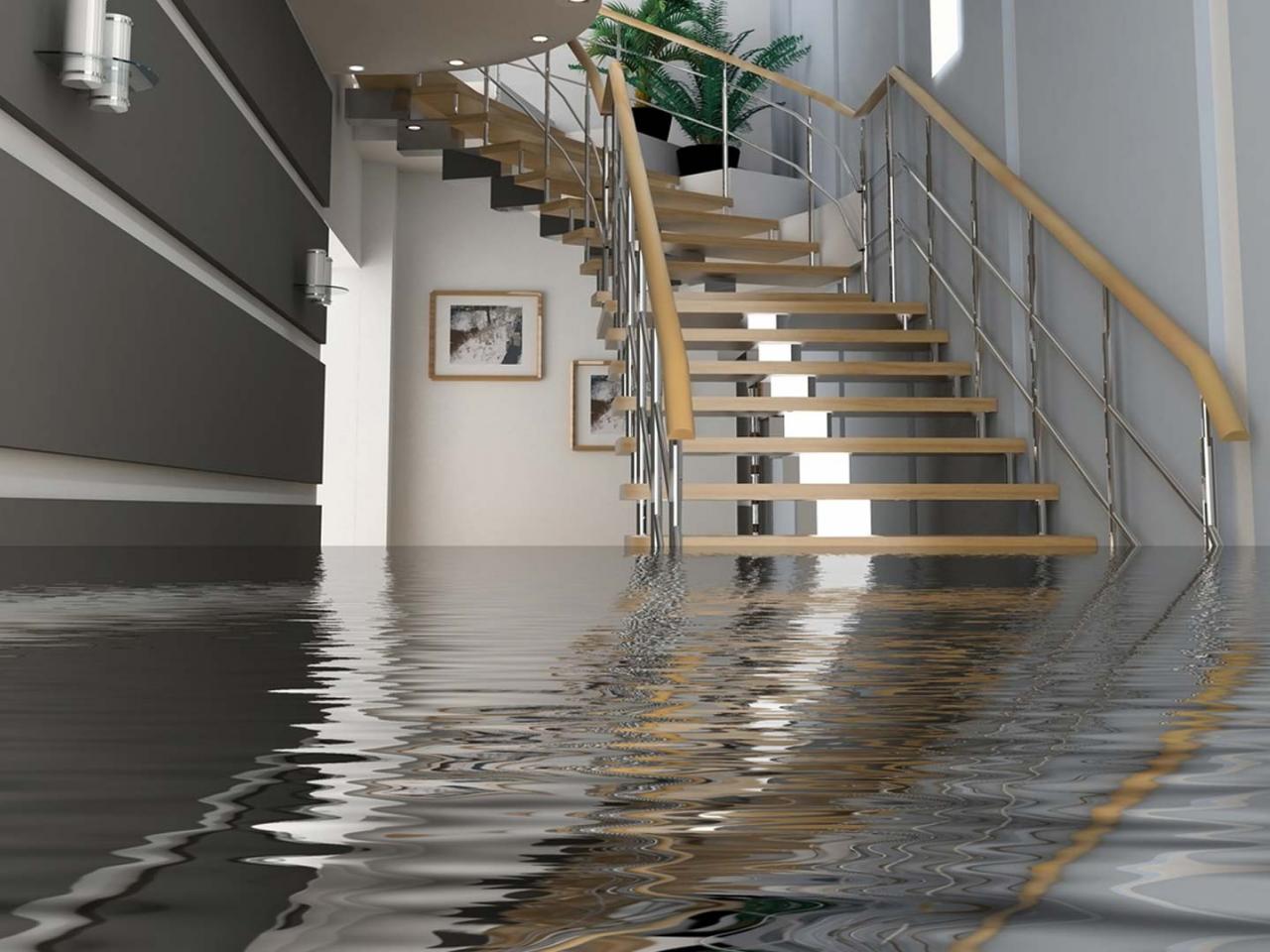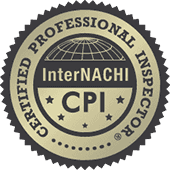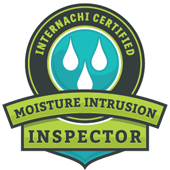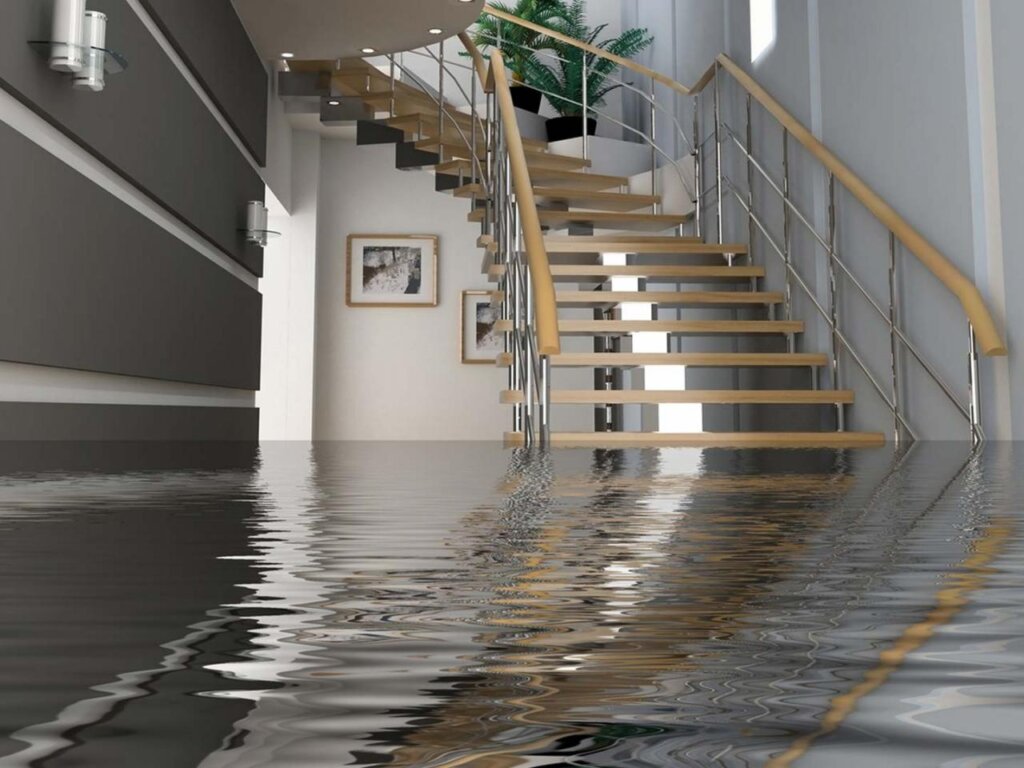
EMERGENCY
SERVICE

24/7

STATE LICENSED
About us
PROPERTY INSPECTIONS & REMEDIATION SERVICES
Serving the tri-county in South Florida with headquarters in North Miami Beach and a satellite office in Panama City – a coastal city in Bay County – where Hurricane Michael made landfall in October 2018 as the third-most intense Atlantic hurricane to hit the United States and caused the loss of many lives and over $25 billion in damages.
Experience
Our great team of experts will help you to solve any emergency
Quick Support
Call us anytime 24/7 and we will send you an expert right away

// why choose us
We put our 15 years of experience at your service
01
Condo Inspections
You can count on us for a thorough inspection of your condo’s exterior, interior, foundation, insulation, electrical systems, plumbing systems, plumbing systems, and much more! We provide both reliable and affordable home inspections, same-day appointments, and outstanding customer service.
LEARN MORE
02
Residential Home Inspections
A home inspection is an objective visual examination of the physical structure and systems of a house, from the roof to the foundation. It allows the buyer to gain an overall understanding of the current condition of the home prior to purchase or a homeowner to ensure there will be no surprises prior to selling.
LEARN MORE
03
Insurance Inspections
4-Point Inspection requirements vary between insurance companies, and they can change at any time. As a result, it is important that you check with your insurance provider so you fully understand what is required for your 4-point inspection. Our team is ready to meet all of your home inspection needs.
LEARN MORE
04
Commercial Inspections
A Commercial Inspection will normally entail an actual inspection of the whole building on its interior and its exterior, from the roof to the foundation and detailed as to specific condition of items sampled. Our experts will do that and much more, in the most professional way, always according to local regulations.
LEARN MORE






